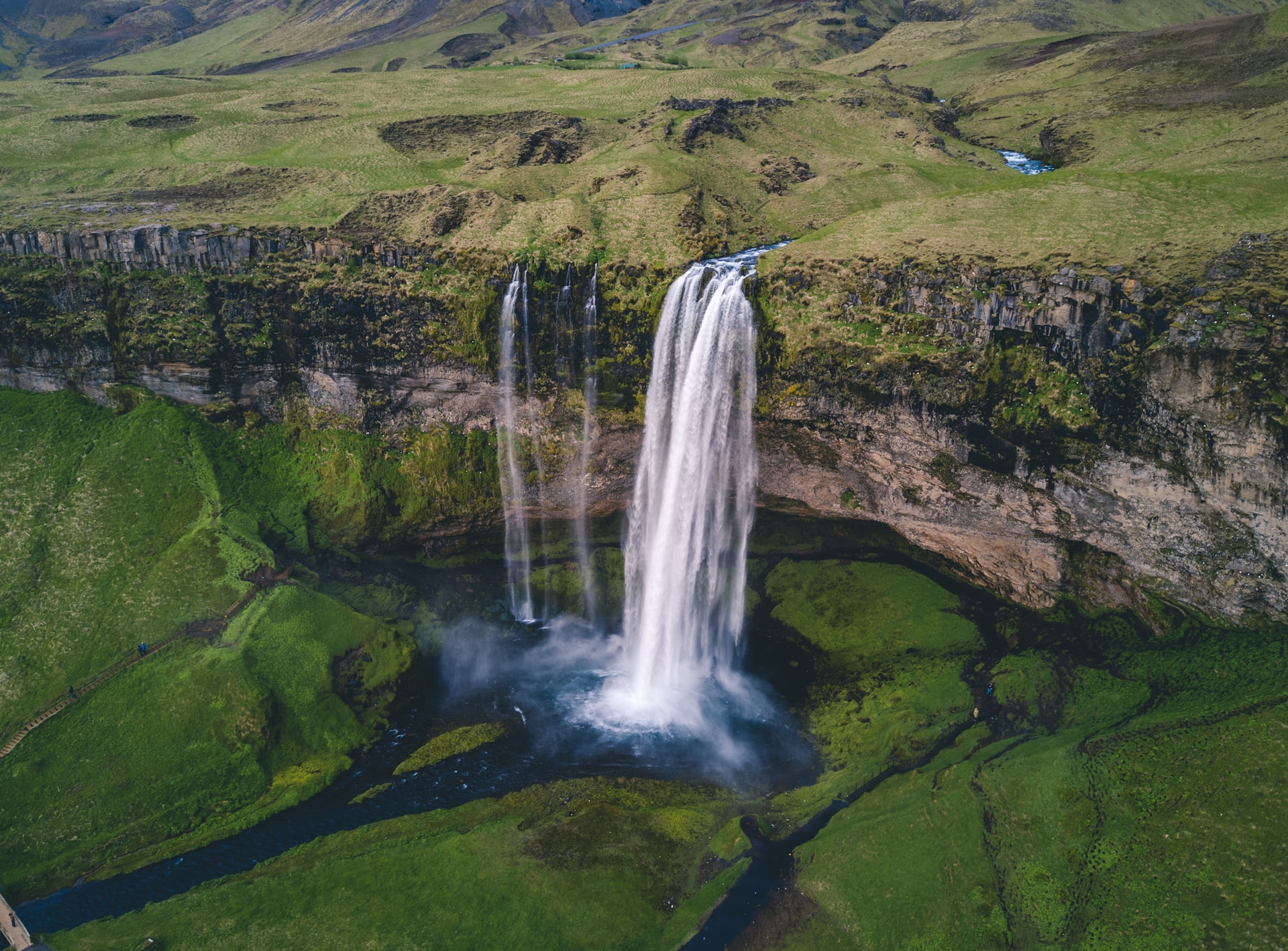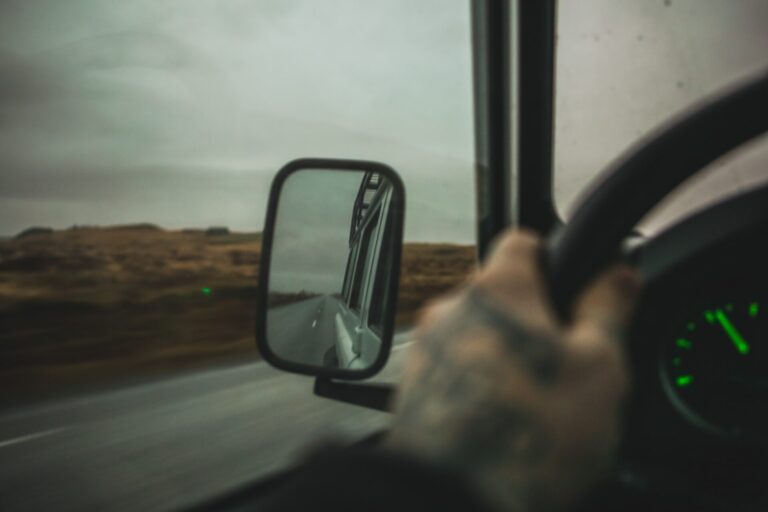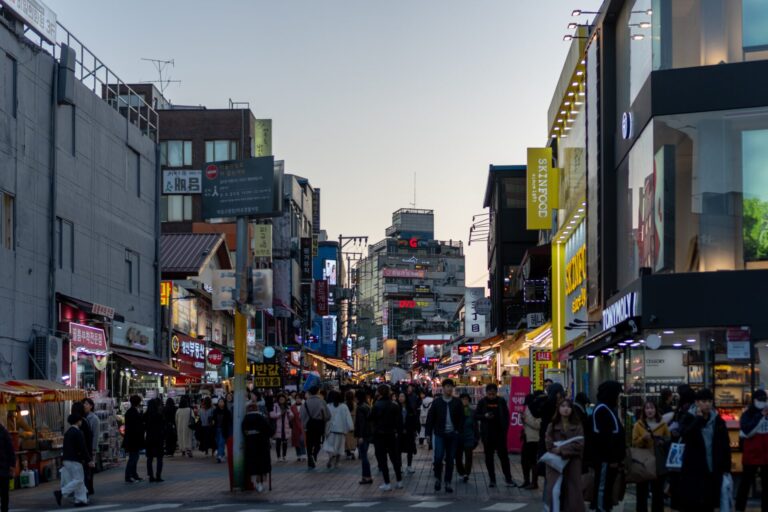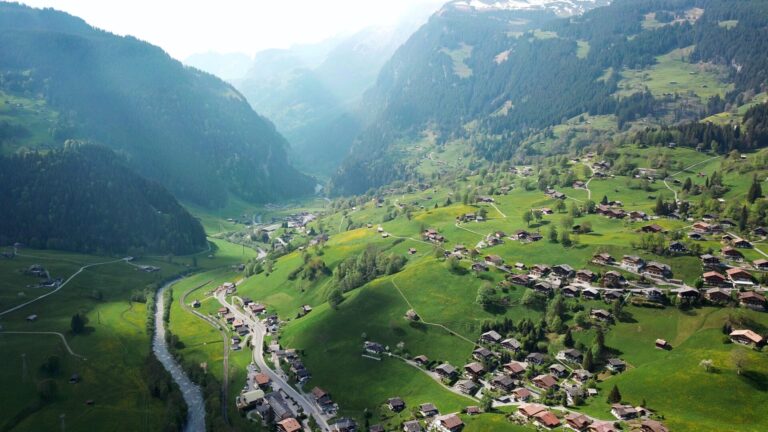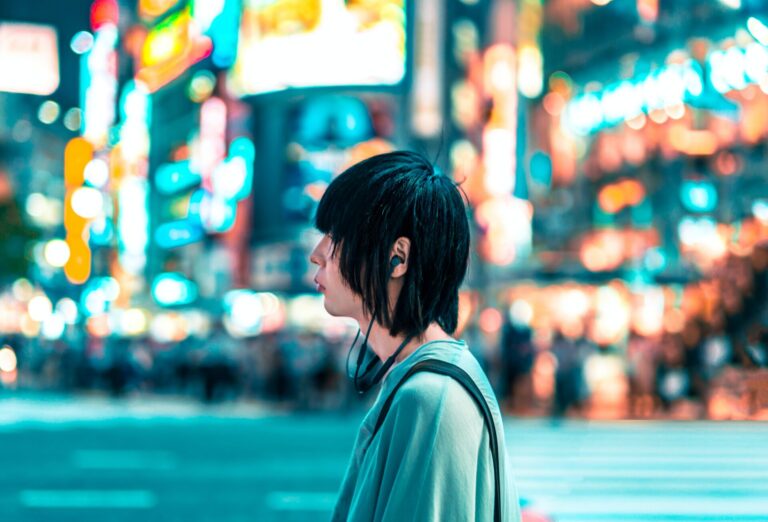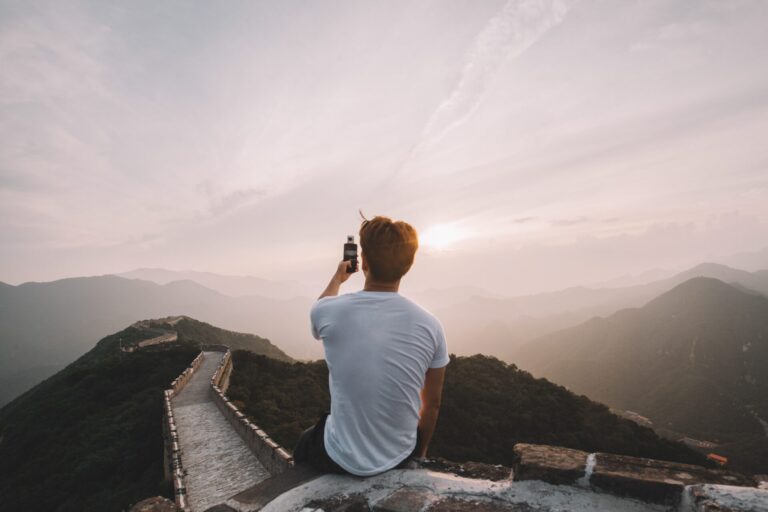Seljalandsfoss, the only waterfall in Iceland you can walk behind
Seljalandsfoss is a beautiful 60 meters high waterfall located in the south of Iceland, which you can walk behind into a small cave.
Page Contents
About Seljalandsfoss waterfall
The unique aspect of the Seljalandsfoss waterfall is that it has a small cave, allowing you to walk 360° around the waterfall. The wind blows the mist, and water splashes from the waterfall quite far, so remember to bring a raincoat when you pass behind the waterfall. During bad weather, the path is often too slippery and will therefore be closed.
Its accessibility and impressive natural features are the main reasons it is one of the country’s most famous and visited falls. To make the Seljalandsfoss waterfalls as unique as possible, they decided to equip the Seljalandsfoss waterfall with lights, making it the only waterfall in Iceland to be lit up at night.
The Seljalandsfoss waterfall is part of the river Seljalandsá, which finds its origins at the Eyjafjallajökull ice glacier, covering the Eyjafjallajökull volcano that erupted in 2010 and caused chaos across the European airports.
Another unique aspect that makes a visit to Seljalandsfoss interesting is that a few hundred meters further, you’ll find another (hidden) waterfall: the Gljúfrabúi waterfall, often overlooked by tourists.
Basic facts about Seljalandsfoss
As a result of the Eyjafjallajökull volcano eruption, Iceland’s beauty suddenly became widely known to the general public, making Seljalandsfoss Iceland’s most famous landmark because it is so close to Ring Road One.
| Seljalandsfoss | |
| Region | Suðurland, Rangárvallasýsla |
| Pronunciation | Sel-ja-lands-fos-s |
| Height | 60 meters high |
| Type | Natural waterfall |
| Names | Seljalands Waterfall, Seljalandsfoss, Seljalandsfoss |
| Meaning | Seljalands Waterfall means ‘selling the lands of waterfalls’ |
| GPS coordinates | 63° 36′ 34.19″ N, 19° 59′ 20.39″ W |
| Entrance Fee | 0 ISK |
| Parking Fee | 800 ISK (5 euro) |
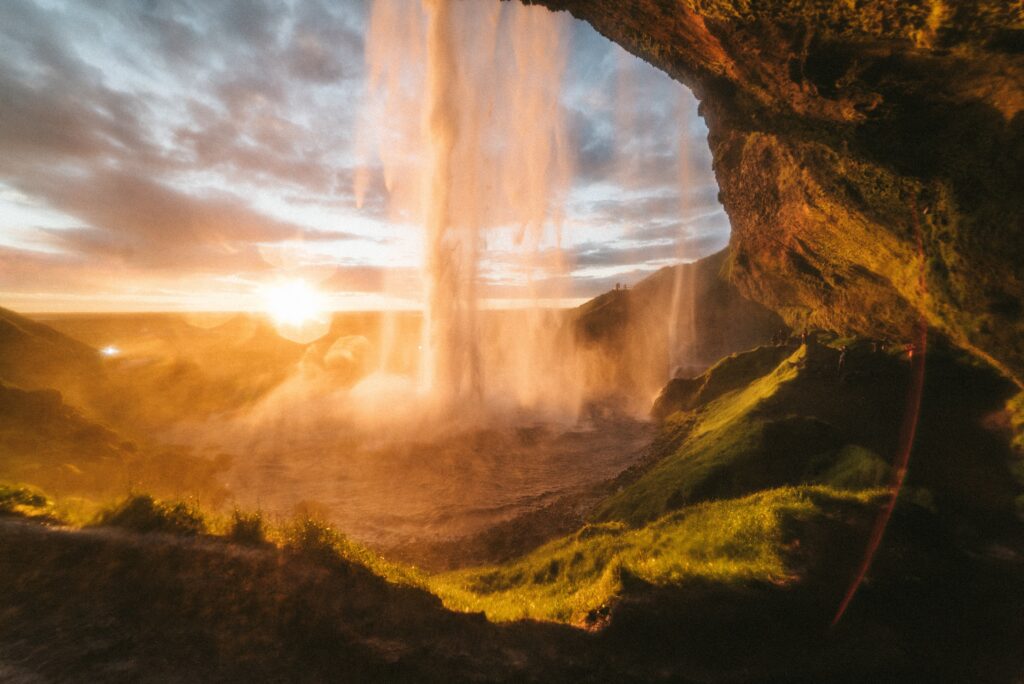
How were the Seljalandsfoss waterfalls formed?
The Seljalandsfoss waterfalls in Iceland originate from the Seljalands River, formed by the Eyjafjallajökull Glacier Volcano; The meltwater rushes down the river to the south and cascades down a 60-meter cliff creating the Seljalandsfoss waterfalls. The cliff’s top sticks out a bit, creating a small cave and allowing visitors to walk behind the waterfall.
How to pronounce Seljalandsfoss?
The Icelandic language contains many unique letters and long words, making pronouncing these words a bit of a tongue-twister. “Seljalandsfoss” sounds like Sel-ja-lands-fos-s, and you can click here to hear how to pronounce it.
When you’re visiting Iceland, a practical tip would be to look out for words ending with “Foss” because the word “Foss” stands for “waterfall” in the Icelandic language and will lead you to one of the 10.000 waterfalls in Iceland.
The controversy around Seljalandsfoss
Because the Seljalandsfoss waterfall is an important tourist attraction for the region, several plans were made in 2017 to build a tourist information center next to the waterfall. According to the building plans, it would have been 8 meters high and 2000 square meters in size.
These plans met with a lot of opposition from the locals, as opponents claimed that a building would ruin the natural setting around the waterfalls and thus impact the breathtaking view of the Seljalandsfoss waterfall.
For the time being, the idea is still not approved or rejected, and alternative solutions are being considered, such as making the visitor center smaller or moving it to a neighboring village.
Pop Culture featuring Seljalandsfoss
Throughout the years, the Seljalandsfoss Waterfall in Iceland has been featured in numerous movies, TV shows, and music videos, which has only increased the popularity of the waterfall.
The waterfall plays a prominent role in Justin Bieber’s music video for his song ‘I’ll Show You’ (2015) but is also seen in the TV series ‘The Amazing Race 6’ (2004) and the movie ‘The Juniper Tree’ (1990).
Over the years, various artists have portrayed idyllic Icelandic landscapes in their music videos, from international artists such as Westlife and David Guetta to local heroes such as Sigur Ros and Björk.
Is Seljalandsfoss part of the Golden Circle?
In theory, the Golden Circle starts in Reykjavik. It passes through Iceland’s three most popular locations: the “Golden Waterfall” Gullfoss, the geysers in the Haukadalur Geothermal Valley, and the Þingvellir National Park.
Today, Seljalandsfoss waterfall and Skogafoss have become such a popular tourist attraction that most tour operators added them both to their Golden Circle itinerary.
How to reach Seljalandsfoss (map)
From Reykjavik to Seljalandsfoss
The Seljalandsfoss Waterfall is located about 120 kilometers from Reykjavik, making it the furthest point in most Golden Circle itineraries.
With no stops, Seljalandsfoss is approximately a 2-hour straight drive from Reykjavik, which means that it is also fairly accessible by car or bus, making it a perfect day trip.
| By Car | To reach the Seljalandsfoss waterfall by car, you’ll need to take the Ring Road 1 and drive towards the South Coast. After 128 kilometers, you’ll see the waterfall and need to turn onto Road 249 to reach the parking lot. |
| By Bus | Icelandic bus operator Trex Buses drives twice a day to Seljalandsfoss. Starting from Reykjavik’s City Hall, it takes around 2 hours and 40 minutes to reach the Seljalandsfoss Parking Lot. Tickets for this bus ride can cost up to 40 euros. |
From Seljalandsfoss to Skogafoss
Skógafoss – another famous waterfall in Iceland – is also usually visited alongside Seljalandsfoss because it’s located 30 minutes further in Ring Road 1. This makes it extremely handy for tourists visiting Iceland by bus because all the tour buses from Reykjavik visit both the Seljalandsfoss and the Skógafoss waterfalls.
Parking around the seljalandsfoss waterfall
Because the Seljalandsfoss Waterfall is a tourist highlight, the locals have also ensured that there is parking available – so tourists do not have to park to the side of the road.
The parking costs 800 ISK (5 euros), which covers the entire day.
Detailed terrain map of seljalandsfoss waterfall
The map shows that Seljalandsfoss waterfall is located about 12 kilometers from Reykjavík, 56 km from Vík, and 32 km from Skógafoss waterfall.
When to visit Seljalandsfoss
The Seljalandsfoss waterfall is open to visitors during summer and winter without considering entrance fees or opening hours.
During Summer, you might experience the midnight sun, which will illuminate the waterfall, and during winter, you might be able to catch the Northern Lights!
Witness the sunrise or sunset at seljalandsfoss
The best time to visit the Seljalandsfoss waterfall is during sunrise or sunset when the sun and the shadows help and better visualize the contours of the mountains around the waterfall. It is not uncommon for photographers to capture a beautiful rainbow at that time.
How long to spend at seljalandsfoss?
In theory, you can visit the waterfall within half an hour, but to what extent would you have enjoyed the view? Especially after a 100km drive, we would advise taking the time to discover the area and maybe look for the hidden Gljúfrabúi Waterfall.
Seljalandsfoss during summer
The weather around Seljalandsfoss waterfall is an extension of the rest of southern Iceland: rather mild. The Summer is the warmest season, as temperatures mostly range between 8 and 14°C.
Midnight Sun at Seljalandsfoss
If you are visiting Seljalandsfoss between June and July, chances are you’ll be able to witness the never resting midnight sun: 24 hours of sunlight. You’ll be able to take advantage of this ‘endless day’ to travel at night and avoid crowds at some of the most touristic places in Iceland, like the Seljalandsfoss!
Seljalandsfoss during winter
During the winter, the weather varies between -2 and 3°C, which is why they close the path behind the Seljalandsfoss waterfall: The icy conditions make it too dangerous to walk behind the waterfall: Both icicles and boulders might fall from the cliff or the waterfall.
The locals have foreseen the waterfall with massive light beams to keep the waterfall visible from the ring road during short winter days and dark nights to illuminate the Seljalandsfoss waterfall.
Northern Lights at Seljalandsfoss
While you won’t be able to explore the waterfall from behind during winter, chances are high that you’ll be able to witness the legendary Aurora Borealis – the northern lights!
If you visit Seljalandsfoss between September and March, you might experience the Northern Lights as long as it is dark enough.
Accommodation near Seljalandsfoss
Cottages and cabins near Seljalandsfoss
Looking to rent a small cottage in Iceland after you visit the Seljalandsfoss waterfall? We’ve listed the most popular options.
- Ásólfsskáli Cottage. A cottage located on a cow farm, equipped with a hot tub and an amazing view of the Eyjafjallajokull volcano. This cottage is located 15 minutes from both Seljalandsfoss and Skógafoss.
- Bryggjur cabin. A luxury cabin built in 2017 with 3 bedrooms, located 20 minutes from the Seljalandsfoss waterfall.
- Hellishólar cabin park. A park of 24 different cottages located 25 minutes from Seljalandsfoss.
Hotels near Seljalandsfoss
- Hotel Selja. The hotel opened in 2018 and is located just 8 kilometers from the waterfall.
- Stóra-Mörk 3 hotel. A bed and breakfast/hotel located only 8 kilometers from the waterfall. You can also cook your own food in the kitchen with a microwave and dining area.
- Nicehostel Seljaland Hotel. A hotel with both private as shared accommodation, located only 2 kilometers from the waterfall.
Camping near Seljalandsfoss
If you’re looking to park your campervan or if you want to stay in a tent, you’ll be able to stay at the Hamragarðar Campground, which is only 200 meters away from the Seljalandsfoss Waterfall, right in front of Gljufrabui Waterfall.
Other attractions near Seljalandsfoss
There are so many awesome sights and instagrammable places in Iceland; from dog sledding to ice fishing and from whale watching to the midnight sun. We created an Iceland Attractions Map to help you plan your trip and find your way around the country. It includes information on popular attractions, hidden gems, and practical information such as transportation, parking, and Airbnb options. Below our favorite spots!
- Gljúfrabúi Waterfall. A 40-meter high waterfall, hidden behind the Franskanef cliff. This waterfall is located only a few hundred meters from Seljalandsfoss, also known as the Gljúfrafoss – literally translated to “Dweller in the Gorge”.
- Skógafoss. A waterfall located 30 kilometers from Seljalandsfoss. It’s breathtakingly beautiful and has a 25-meter width.
- Seljavallalaug. Built in 1923, this is the oldest swimming pool in Iceland, located in a remote landscape not far from the Seljavellir guesthouses.
- Thorsmork Mountain ridge. A popular hiking route situated in the south of Iceland between the glaciers Tindfjallajökull and Eyjafjallajökull
- Kerid Crater lake: a lake inside a volcanic crater, surrounded by colorful volcanic rock
- Fjadrargljufur Canyon: a 100 meters deep and 2 kilometers long canyon formed by erosion from the Fjadrárgljúfur River, known for its rock formations and colorful walls.
What to pack when visiting Seljalandsfoss
Packing the right clothing for your trip to Iceland is essential since it is known that the weather conditions can change rapidly. We recommend bringing waterproof clothing if you are planning to walk behind the Seljalandsfoss waterfall.
Additionally, don’t forget to cover up your electronics, cameras, or phones, which might get wet when walking behind the waterfall.
| Waterproof and wind jacket | The jacket’s base layer keeps you warm, and the top layer is waterproof and windproof for maximum coverage. |
| Hiking shoes | You will hike over slippery paths, which makes good footwear a necessity. Spikes are not a must but are useful during the winter. |
| LARQ Bottle | We personally have invested in a LARQ water bottle, which we bring to all our hikes. It contains a UV-C Light technology that neutralizes many harmful bacteria and contributes to our zero-waste lifestyle. |

